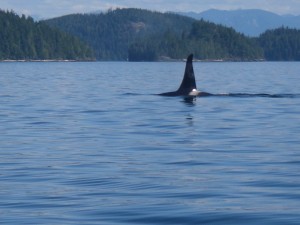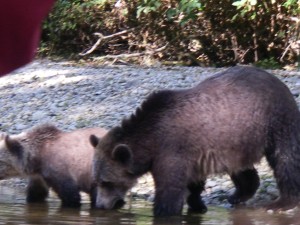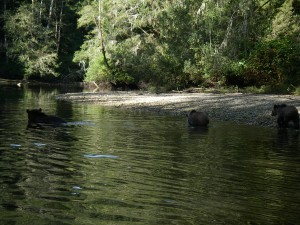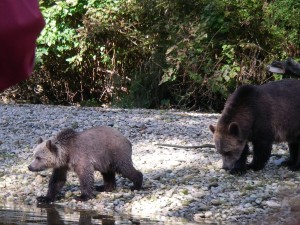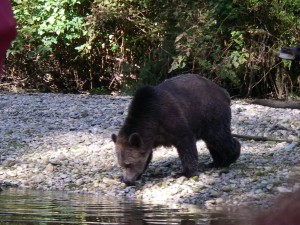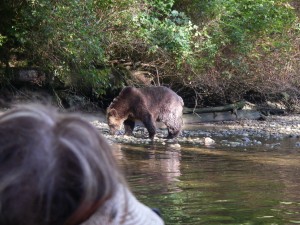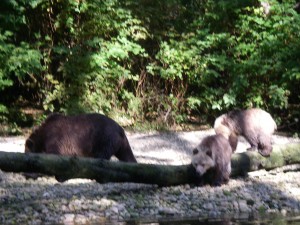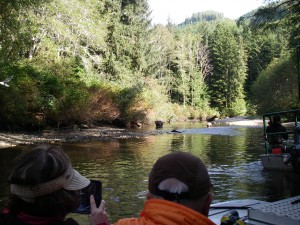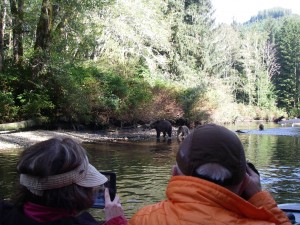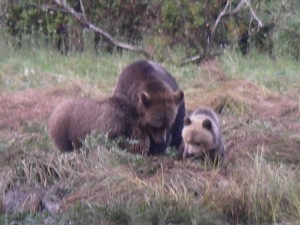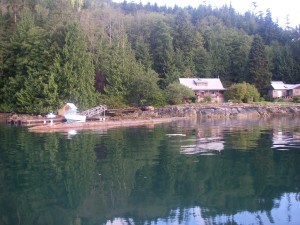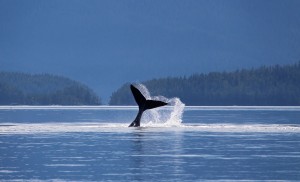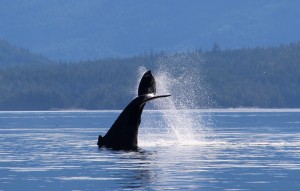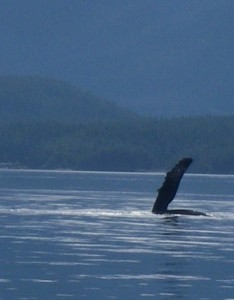
Humpback whales are common in the waters between Vancouver Island and the BC mainland. A normal viewing day from the lodge will encounter more than a dozen whales which often put on dramatic displays of breaching, lobtailing and fluking. In the case of this photo slapping a pectoral fin like a tail. Comparing it to yesterday’s post one can see way from a distance it could be mistaken for an orca. An interesting fact is that the humpback whale’s large pectoral fins have been the inspiration for the development of new aerodynamic technology to help fast-moving helicopters, maintain lift and increase maneuverability. The bumps on the pectoral fins of humpbacks have been used as inspiration before, in the development of turbine blades used in wind turbines, hydroelectric turbines and ventilation fans that increase efficiency.
Read more: http://digitaljournal.com/article/318932#ixzz2kqka5vV3
